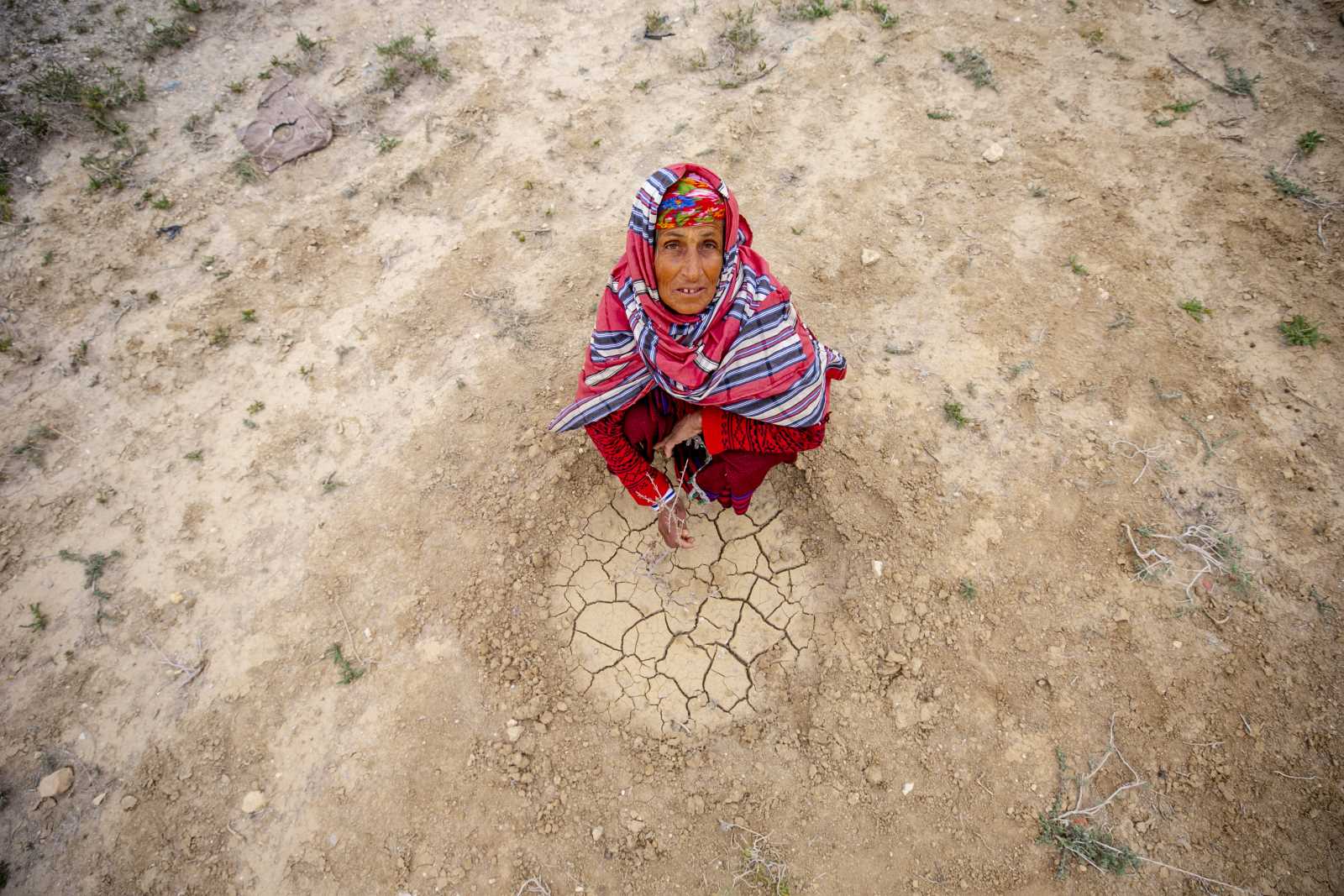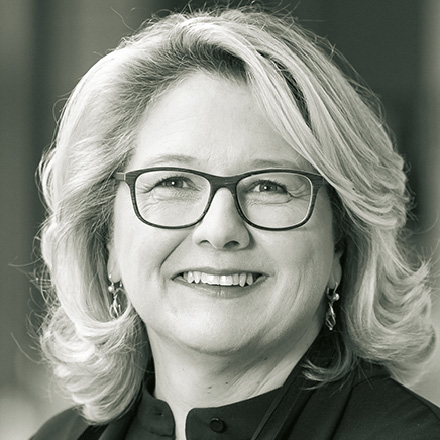Rural development
Making a village healthier

Health care in Malawi is characterised by limited resources, misallocation and chronic understaffing. Foreign assistance in this area has often been well intentioned. However, for decades it has cemented the dependence of the country’s poorest on external aid.
The German Institute for Medical Mission (Difäm) – a charitable Christian organisation that has worked in global health development for over 100 years – is relying on the ASSET approach to support Malawi. The abbreviation stands for “anerkennen (recognize), stimulieren (stimulate), stärken (strengthen), engagieren (engage) and transformieren (transform)”.
The core of ASSET is the old but nevertheless still valid credo of “helping people help themselves”. The programme directs attention to resources that even the poorest have access to: sand, stones, water, land, their muscle power, their social systems and their faith. People should become empowered to establish their own primary health care by employing these resources in a targeted way.
The approach can be traced back to a conference organised by the World Health Organization (WHO) in 1978 in present-day Kazakhstan: in the Declaration of Alma-Ata, the WHO affirmed that health care should be provided at the local level – expressly with the active participation of the local people. The declaration is referring to primary health care, which should be available everywhere.
Village health centres save lives
In Malawi, for example, Difäm used this approach to implement a project in the village of Chintembwe in the centrally located Ntchisi district. Prior to its start, a team of trained village volunteers surveyed people about which health care problems they wanted to address first. The team went from door to door and listened to residents. Only then were priorities set and the actual work began.
The most important visible changes are the newly erected village clinics. While the villages in the region already had health surveillance assistants, they often spent only two days a week in the villages due to a lack of housing opportunities and good working conditions. Since Chintembwe is about 20 kilometres away from the nearest health centre, the village was undersupplied with medical first aid (for more on health care in rural Malawi, see the article by Sumeya Issa on www.dandc.eu).
As part of the ASSET project, a total of 20 village clinics were built. The local people organised and paid tradespeople and also fired bricks themselves. The chiefs provided the land. Thanks to additional financing, the clinics could be equipped with solar power. ASSET acquired only those building materials that were not available locally.
A health-care professional who can be reached around the clock now lives and works in every village with a clinic. Most clinics are also well supplied with medications and provide the most important treatments. The clinics have dramatically improved the health care of pregnant women and small children in particular. The most common diagnoses in children are malaria, diarrhoea and colds. If they cannot receive help quickly, they are at risk of dying. Since the village clinics were opened, death rates have declined significantly.
“In the last three years, I have never presided over a funeral of an under-five child,” Chief Vuso Jere said happily. He is the highest traditional authority in the region. He describes the many problems his people faced before the project was implemented: “Before ASSET came, there was so much filth in this community. People used to relieve themselves in the streets, but now the village is clean. You can walk long distances and will not see any human waste on the streets.”
Sustainable toilets
In Chintembwe, the latter development is due to the fact that so-called V.I.P. toilets were installed as part of ASSET. The abbreviation stands for “ventilated improved pit latrine”. It has a corrugated metal roof and a kind of chimney that heats up in the sun, drawing odours and flies upwards with the rising air. A metal screen at the end of the hot pipe traps the flies. They burn up, which interrupts the transmission pathway for diseases in the neighbouring kitchen. The toilet’s brick walls ensure privacy. The project provided the metal parts and the poured concrete floor. Everything else was contributed by the village community.
The starting shot for the first ASSET project in Chintembwe was fired at the end of 2011. Now, eleven years later, the last round of renewals is running out. Fixed in the collective memory of the village is the fact that, prior to the project, about six children under five died every year. Most recently, three children died within three years among 100 households.
Improvements in agriculture
Another visible change has occurred in Chintembwe: whereas in the past, the parched streets, squares and yards were only home to sand fleas, numerous fruit trees now provide coolness and shade. Their fruits enrich the villagers’ daily menu. Together with professionals from relevant government departments, such as Forestry and Agriculture, the project showed people in the village how to plant fruit trees and vegetable gardens and how they could raise seedlings and manufacture natural fertilisers.
The soil, which has been depleted by decades of agriculture, no longer produces much without additives. Chemical fertiliser is too expensive, but natural fertiliser costs almost nothing and has helped multiply yields. Everyone in the village gets three meals a day, with corn, potatoes and other vegetables as well as protein from legumes or meat.
The visible changes in the project villages are only the outward manifestation of a deeper transformation – including in people’s minds. For example, women in rural areas are subordinated to traditional roles and expectations and rarely trust themselves to speak up in public. Thanks to their experiences in the community groups, however, they have gained the confidence to openly advocate for their interests. As a result, child marriage and teenage pregnancy were eradicated in Chintembwe after the village discussed the risks.
The common good is the top priority
In the beginning, one of the project’s major challenges was to explain to volunteers and agencies that they would receive no payment for their work, other than the gratitude of the communities. The common good is the top priority. Vital to the project’s success was the communication between people and systems that had previously simply existed alongside each other. Through tireless mediation, the Malawian project manager succeeded in bringing various participants together: local communities, church and state, health-care facilities, as well as the Ministries of Agriculture and Health. In the villages themselves, groups formed that also strengthened relationships between residents.
Numerous group discussions, training sessions and free-time activities spurred further developments. During an evaluation it became clear, for example, that cases of domestic violence had dropped and young people were abusing alcohol and drugs less frequently. According to the evaluation team, about three-fourths of the ASSET households were able to acquire some assets at the household level. About half began to raise chickens or other small animals. Radios, telephones and furniture were purchased and around a quarter of village residents could renovate their houses, or even build a new one.
The ideas did not catch on
However, the hope that neighbouring communities would be influenced and take similar action was largely disappointed. The toilets were copied here and there, and in one case communities even came together to build a school. Otherwise the neighbours themselves mostly remained passive.
The project demonstrated that achieving long-term, sustainable change requires endurance – and money. A ten-year project period cost a total of € 350,000. The village health clinics and toilets were financed with an additional € 160,000 provided by the Agnes-Philippine-Walter-Stiftung in Schwäbisch Gmünd, Germany.
Olaf Hirschmann is a worldwide consultant for Primary & Mental Health at the German Institute for Medical Mission (Difäm).
hirschmann@difaem.de












